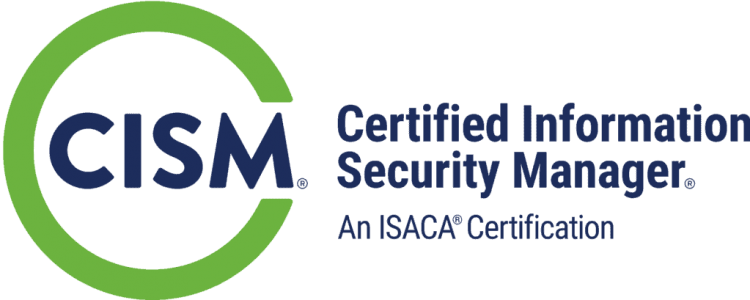Course Overview:
This is an introductory course into the Python scripting language. This class uses a hands-on approach in teaching the Python language. This course builds the prerequisite skills for TechNow's P-345: Python for Pentration Testers course. Getting comfortable with Python is important to understanding how Python can be utilitized for offensive measures.
This course is hands-on with the instructor walking the students through many short examples to exemplify an objective. Dexterity with the language comes through many small code examples to produce the desired result. Students have fun acquiring points for all the code examples they get correct. We must be having fun because TechNow is always amazed at how competitive students are in trying to acquire the most points!
The instructor will focus on the level that each student is currently at, and ensure the student absorbs the subject matter. Programming is not a daily tasking of administrators or offensive operators and TechNow understands that. As an instructor led course TechNow is very successful in making Python accessible to those who do not live eat and breath programming. If a student's ultimate goal is to attend a course like TechNow's P-345: Python for Pentration Testers course, then not being bogged down in the Python language is critical, and this course (P-325: Python Programming) meets that objective.
Recently we have introduced Raspberry Pi's and multiple sensors to the P-325: Python Programming course. This enables the student to actually see productive results from their coding skills in the physical world! Some examples that students create programs for are: Motion detectors, distance, temperature, cameras and keypads.
Attendees to P-325: Python Programming will receive TechNow approved course materials and expert instruction.
Dates/Locations:
Duration: 5 Days
Course Objectives:
- How Python Runs Programs
- Introducing Python Object Types
- Numeric Types
- Dynamic Typing
- Variables
- Regular Expressions
- Strings
- Conditionals
- if Tests and Syntax Rules
- Lists and Dictionaries
- Tuples and Files
- Introducing Python Statements
- Assignments, Expressions, and Prints
- while and for Loops
- Iterations and Comprehensions
- Documentation
- Function Basics
- Built-In Functions
- Scopes
- Arguments
- Modules
- Module Packages and Importing
- Classes and OOP
- Operator Overloading
- Recursion
- Exception Coding Details
- Exception Objects
- Unicode and Byte Strings
- Working with Raspberry Pi
Prerequisites:
- Experience with some form of programming is preferred
Comments
Latest comments from students
User: slewis8435
Instructor comments: Very good instructor - he was excited about the material, very knowledgeable, and explained things clearly.
Facilities comments: The facilities were fine - plenty of room for each student to set up an extra computer and have room for note taking
User: nathan.karras
Instructor comments: Instructor was extremely knowledgeable in programming and scripting. He encouraged students to explore and ask questions. He would work with individuals to troubleshoot lab problems sets. Would highly recommend as an instructor.
Facilities comments: Room got a little warn. Instructor purchased fans to cool things off for the class. Projector had over scan.
Liked the class? Then let everyone know!
